Room Acoustics
Introduction
Much has been written about the acoustic treatment of listening rooms. The purpose of course is to hear more of the recorded sound!
The first "auditorium" (a sort of "big listening room") was built around 5,000 BC. This and other experiences back some 7000 years revealed clearly that reflections and reverberance are essential for listening to music. Without reflections and reverberance musicians would probably refuse to play. So, the general acceptance of listening to music in reverberant spaces (auditoriums, rooms etc.) is universal.
I am convinced that a properly designed loudspeaker can perform very well in a great variety of rooms and requires only a minimum of room treatment, if any at all.
Below 200 Hz the room acoustics are dominated by resonances and the so called room-gain. Especially the closed and vented box interacts significantly with the room below 200 Hz. That is why we are so used to hearing the often prominent and irregular bass of a typical box loudspeaker in listening rooms. However, by listening to the original sound we are able to recognise it.
Above 200 Hz the resonances become more and more reverberant. Here, room treatment, if necessary, is very effective, using wall or ceiling decoration, pictures, furnishings and carpets.
Listening Room Analysis
To understand what it is all about, let us have a look at the acoustic behaviour of some typical listening rooms, listener and loudspeaker position combinations.
Simulation setup:
Avg. transducer height position = 0.8 m
Avg. listener height position = 0.7 m
Avg. reflections coefficents = 0.7 - 0.9
Avg. wall flexibility factor = 5
Max. simulated reflections = 15
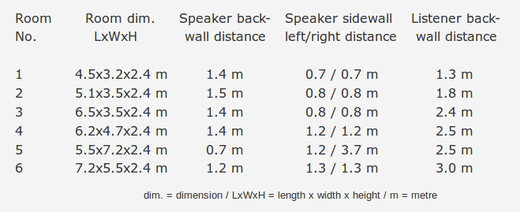
Resulting room sound pressure responses:
Room 1
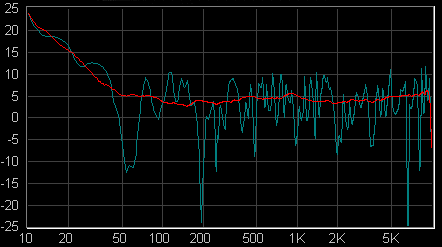
Room 2
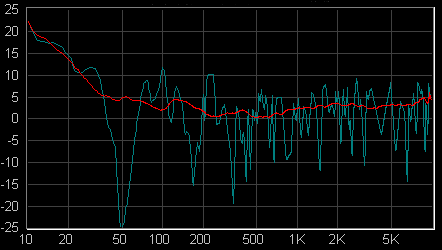
Room 3
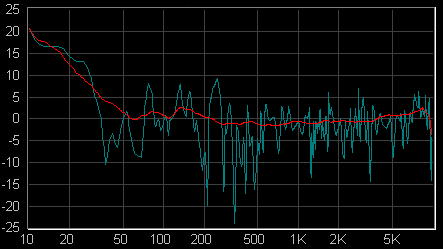
Room 4
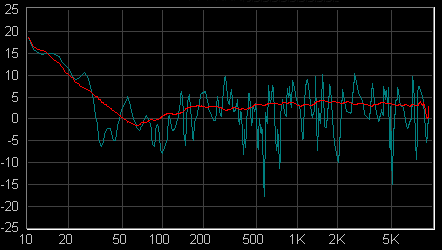
Room 5
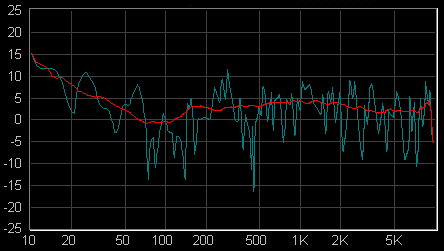
Room 6
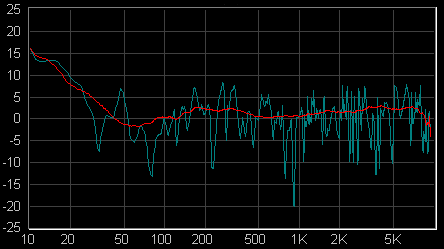
Normalised room sound pressure responses:
Overview of all room sound pressure responses
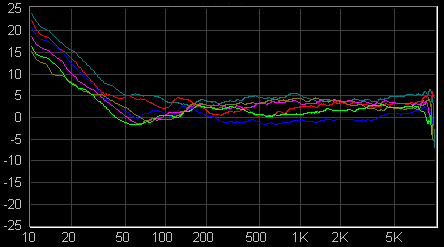
Resulting normalised room sound pressure response
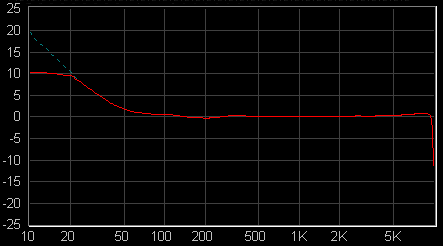
red line = open rooms
blue dashed line = closed rooms

